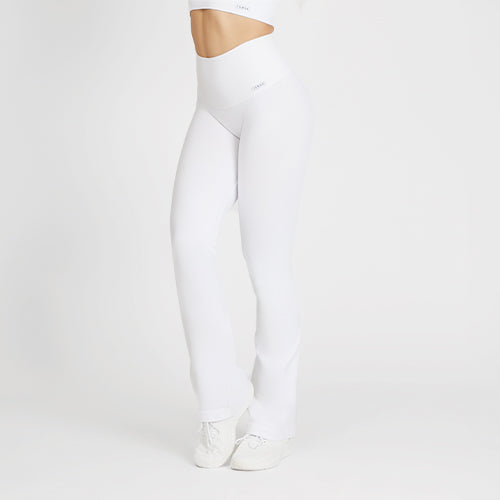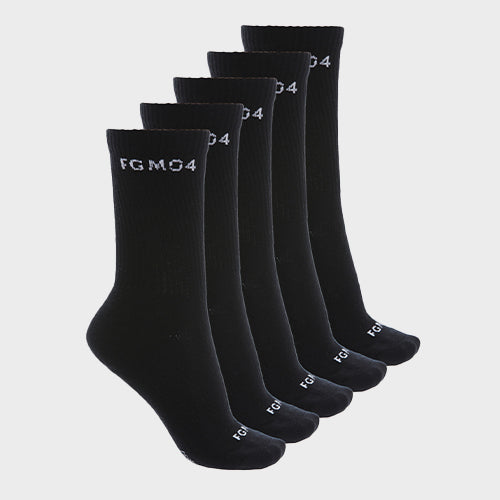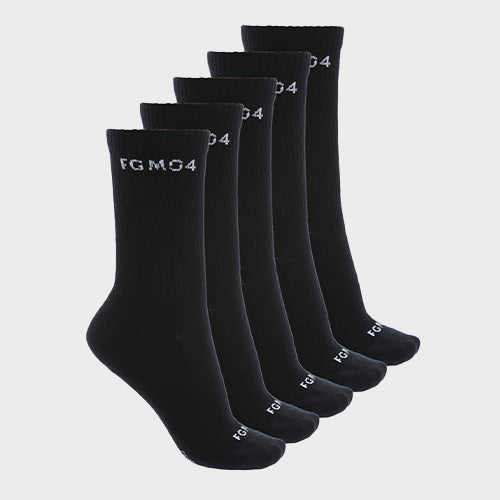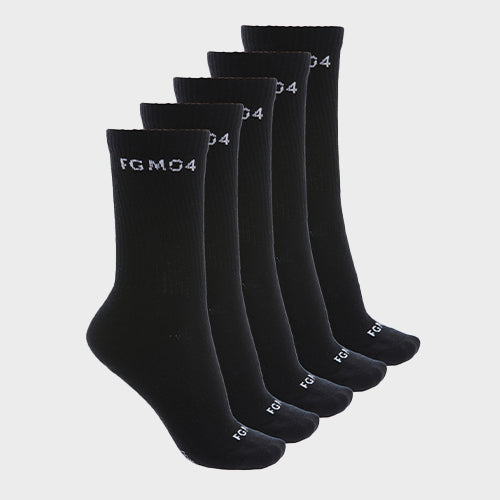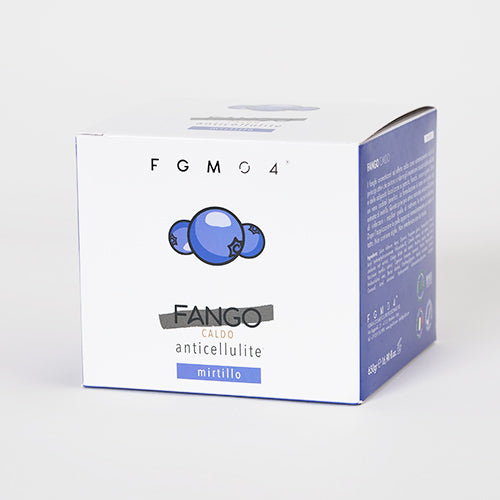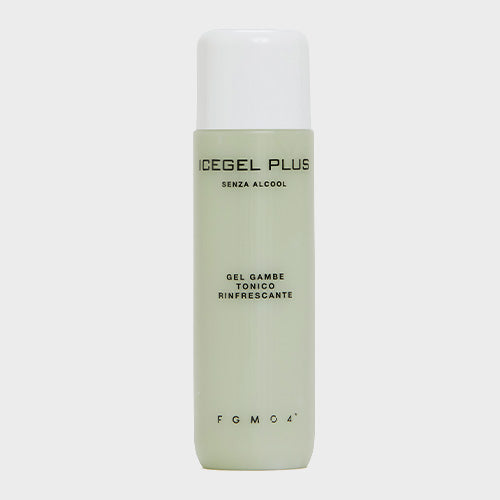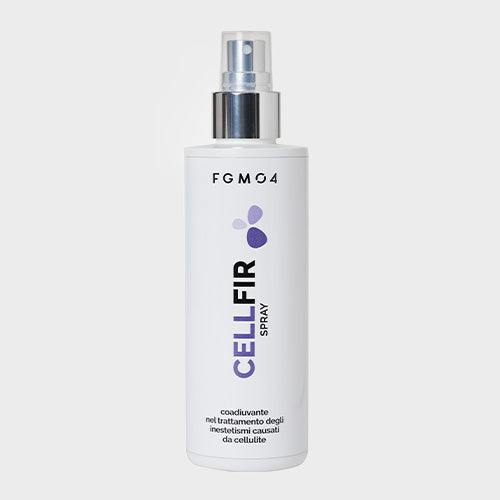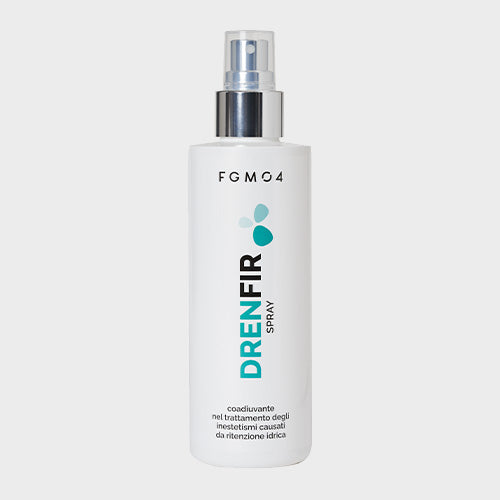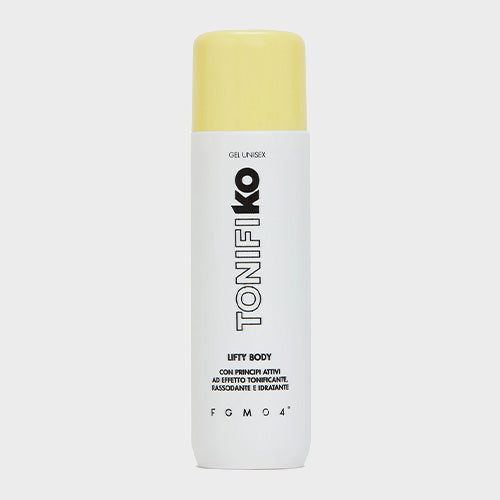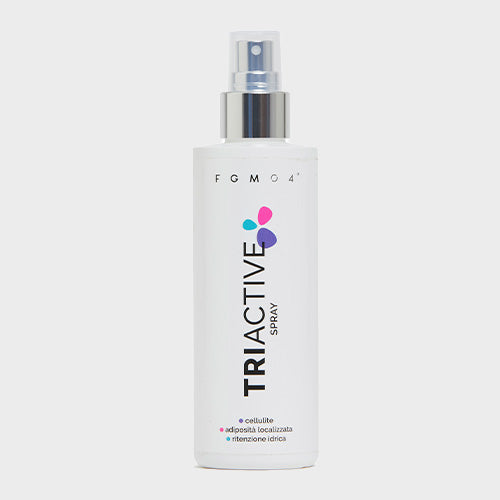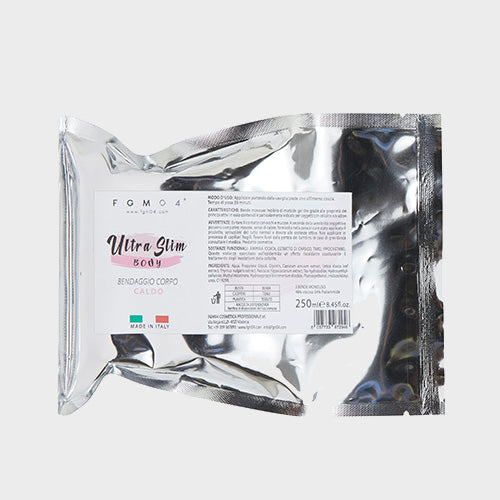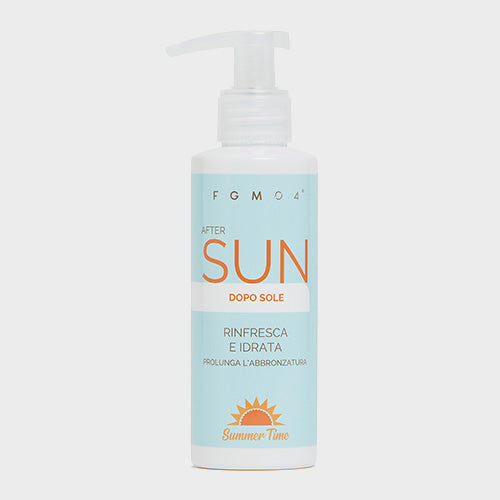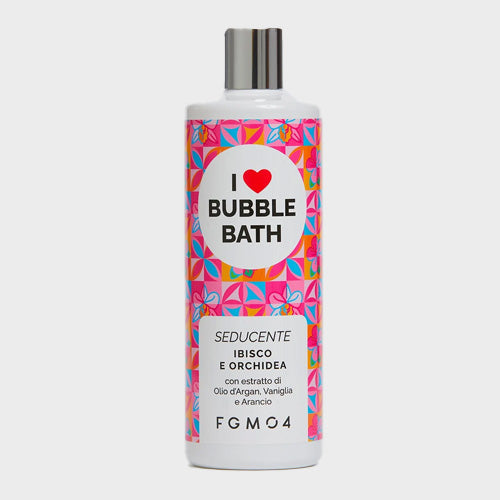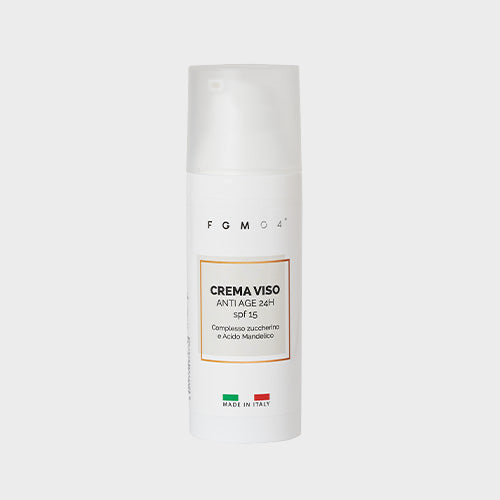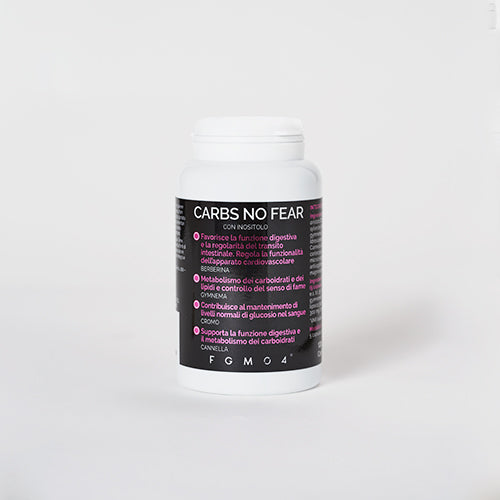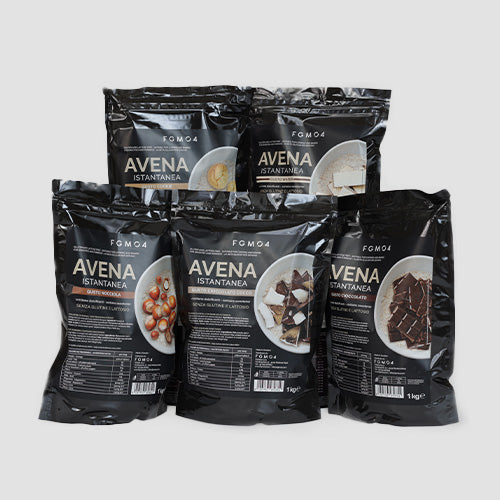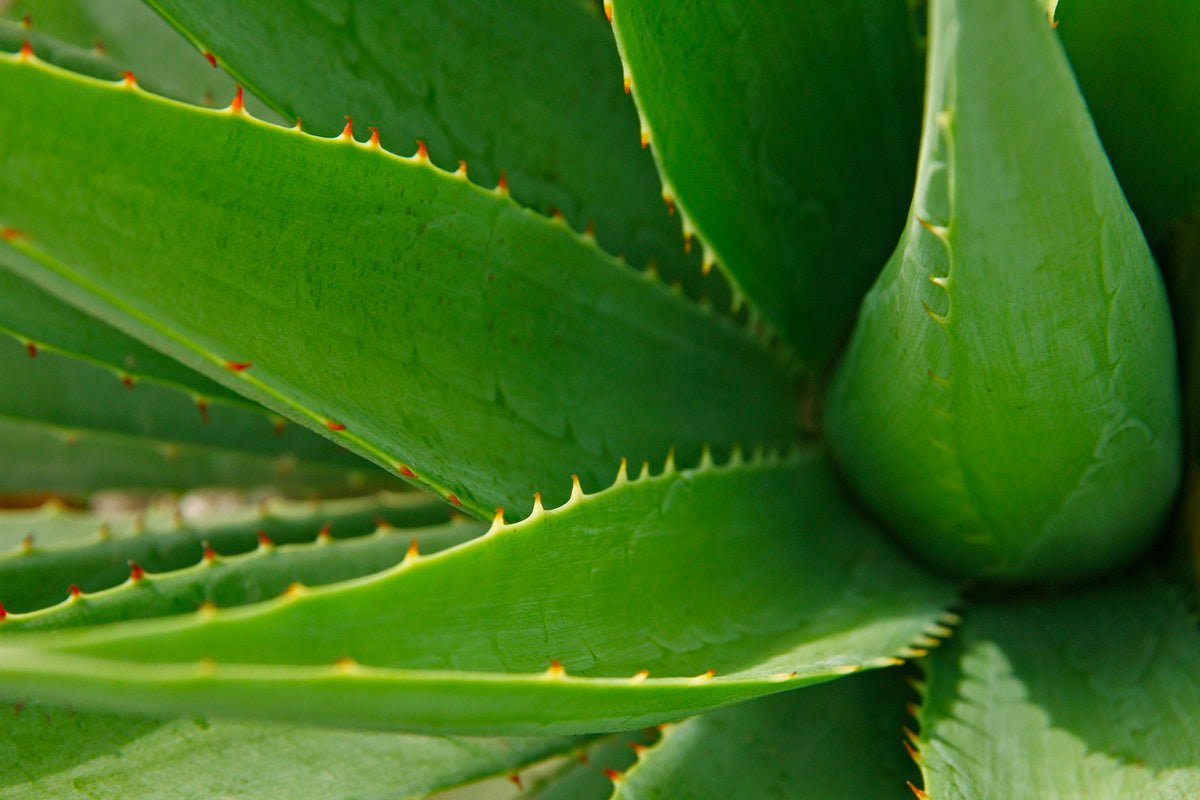Did you guys have a happy holiday?
Have you been with family and friends?
Did you joke and share in front of aperitifs and around laid tables?
Fine!
I'm glad you were able to enjoy the winter holidays!
I know, unfortunately that sense of heaviness remains that after three seconds and four first maybe we could have expected…
Even in your case, was the hope that it was just a passing sensation shattered by the hand of the scale?
Then I have a solution to share with you!
Is called Aloe Vera.
You must have heard of it! Creams, lotions, gels, but also drinks and foods. Products based on Aloe Vera, also called Aloe barbadensis, there are really a great many of them.
Aloe extracts have been used for the most varied uses for millennia, from the treatment of wounds and sunburn to the embalming of the deceased.
Why is Aloe Vera so famous? What are the most effective applications?
Today we try to answer these questions and continue our overview of the active ingredients present in cosmetics and wellness products. We started some time ago by addressing the fundamental topic ofINCI. We then turned our attention to several molecules with fascinating beneficial properties, such as Visnadina and the DMAE.
This time, to deserve our attention is not a particular active ingredient, but the extract of the plant as a whole.
But I'm running too fast! Let's proceed step by step and find out what he chose. FGM04 to offer you, with his ALOE 200:1, a purifying and beneficial drink.
Let's first get acquainted with this famous medicinal plant and look out together on the traces it has left in human history.

A plant with ancient roots
THE'Aloe Vera It is a tropical plant native to North Africa, attributed – according to the most recent classification – to the Xanthorrhoeaceae family.
Its fat leaves (or more properly “succulent”) arranged in a rosette, are very well adapted to collect and conserve water. It is in fact a plant that prefers dry climates.
However, it is not necessary to fly to exotic locations to get to know it closely.
We find it wild in almost all the countries bordering the Mediterranean, but also in China, Australia, Central America and the list would still be long!
Aloe has in fact been traded and cultivated for many centuries and has therefore enjoyed an almost global spread. It is not uncommon to find it as an ornamental plant in arid gardens or even for interiors.
The oldest evidence of man's interest in Aloe dates back four millennia ago, at the Sumerians, in Mesopotamia. Subsequently, references to the use of this plant for medicinal purposes are found in ancient Egypt, Greece, the Roman Empire... gradually to the present day.
The Egyptians considered Aloe an elixir of life. Among the Chinese, it was called a “harmonious remedy.” Medieval herbalists referred to it by the name of “natural healer” [1].
In short, the enhancement of this plant is not due to our times!
Instead, it belongs to the oldest medical tradition, which we had as an inheritance.
In the modern context, it was the illustrious Swedish naturalist Carl Linneaus (known as Linnaeus, in Italian) who described the plant for the first time. Linnaeus invented the systematic classification of living species that is the basis of the one in use today. Within his work, it was he who called this plant Aloe perfoliata var. True in 1753.
Finally, the road to commercial employment of Aloe was opened by the American pharmacist Bill Coats. In 1959 these succeeded for the first time to make stable the pulp, which would otherwise be quickly subject to degradation.
But what are the virtues attributed to this plant of ours and what have made its fortune?
A doctor in a vase
The name “Aloe” comes from Arabic and means “bitter” and “shimmering”, reflecting the properties of the leaf pulp. In fact, once the opaque green coating is removed, the interior is shiny and transparent and has a strongly bitter taste.
The Aloe extracts, are found in both Western and Eastern traditional medicine, for a long list of purposes:
Hydration and skin protection, burn care, intestinal cleansing, painkiller, anti-inflammatory, disinfectant. These are only the jobs that are most often witnessed!
In addition we can recall the Egyptian use in the rites of embalming or the more recent ones for the contrast of skin aging.
With good reason, Christopher Columbus in his diaries called her “potted doctor” and elevated her to a medicinal plant essential for health [1].
All right. It is undoubtedly a plant with great potential. But how is Aloe used to derive these medicinal benefits?
The processing of the leaf allows to obtain two main products: a milky and bitter juice, also called Aloe latex, and a transparent gel. The first is obtained from the layer directly below the leaf skin, while the second is located in the innermost part of the leaf.
Here we get to the heart of our journey to discover Aloe Vera! Let's go down together into the details of today's knowledge of this amazing plant and understand what virtues it offers to our Aloe 200:1.
The benefits of Aloe
Let's start from the outside!
The properties of milky juice were clearly understood. This is a powerful laxative, used for millennia to purify the intestine.
The effect is due to molecules called anthraquinones, among which we find mainly aloin, also known as barbaloin, and emodin. Antraquinones are also responsible for the bitter taste of juice, but above all they are considered potent antibacterial [1, 2].
So the Aloe latex It can be used to clean the intestines and to combat constipation! A particularly welcome help after the holiday binges!
Right, but in moderation. Excessive amounts of anthraquinones can cause bowel irritation and diarrhea, resulting in reduced nutrient absorption.
On the other hand, Aloe latex can be useful for resolving a particularly stubborn constipation condition. As when softer solutions-for example the abundant ingestion of water and fiber-did not give results.
Or again, in the absence of other means, the latex can provide a solution to quickly expel an ingested toxic substance.
To avoid the potential undesirable effects of Aloe juice, FGM04 drastically reduces the presence of aloin in its Aloe 200:1. In this way we can benefit from the properties of the leaves in their entirety, without having to fear unpleasant inconveniences!
Initially, latex was the driving force behind the interest of biomedical and cosmetic research. The focus, however, has progressively shifted to the gel of the leaf interior.
There are indications that the internal transparent gel produces an extraordinary handbook of beneficial effects. At the top of the list we find: free radical scavenging, anti-bacterial action And anti-fungal, Stimulation of the immune system, anti-inflammatory effect [2, 3].
But also, experimental data indicate a possible usefulness in order to counteract psoriasis [4] and also diabetes [5, 6].
And again, recent studies support the effectiveness of anti-inflammatory activity also at the level of the intestine, thanks to integration into the diet [7].

Respect credentials!
Traditional medicine is confirmed to be a valuable source of clues for modern, or scientific, medicine. However, the latter is based on the accumulation of substantial evidence and needs accurate and systematic methodologies.
Information about the exact chemical composition of the gel is still, unfortunately, limited today. Consequently, the scientific studies that have been conducted report conflicting, albeit often positive, results.
It is therefore not clear which compounds may be responsible for the effects we have listed [8].
Skin Elixir
The field in which Aloe has already passed the test of modern research is that of the treatment of burns and of the healing.
The extract of this plant of ours naturally facilitates the healing of wounds, while hindering their infection [3].
More generally, the application on the skin has a notable hydrating effect and emollient. But not only!
Aloe gel stimulates the production of collagen and elastin, key constituents for the structure and functionality of the skin. And in addition, it also promotes the proliferation of epithelial cells. In this way the gel promotes the well-being of the skin and provides protection against aging and the formation of wrinkles [2, 3, 9].
For this virtue, the gel is also referred to as a natural emergency remedy for the treatment of wounds and burns [10].
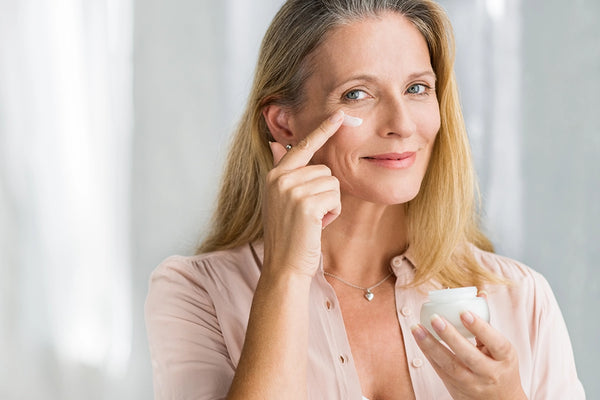
Conclusions and Notes
On this occasion we were able to deepen not a molecule, but a plant in its entirety, with its history and its universe of compounds. Aloe Vera offers us with its leaves the most ancient and medicinal properties FGM04 He made them available to us with Aloe 200:1.
We have discovered the many benefits deriving from the extract of this plant and in particular that it can be used for:
- Get a powerful laxative effect;
- Induce anti-inflammatory activity on the intestinal walls;
- Protect wounds from infection and promote healing;
- Regenerate the skin after burns and protect it from aging.
We also pointed out that while the internal gel of the leaf does not give undesirable effects, it is inadvisable to abuse the outermost latex.
So, now you know the natural virtues on which it is based Aloe 200:1, the purifying drink of FGM04. We designed it to offer the maximum potential of Aloe Vera and with the addition of the benefits of honey and anti-oxidant active ingredients. The perfect remedy to purify our body after the freedoms we have granted ourselves at the table in recent weeks!
There's one last note I want to share with you before I say goodbye.
It is state thinking “Stupefacente! I'm going to cut a leaf right now and make myself a drink!” I'm happy that Aloe has won you over.
Before throwing yourself on the drink you have earned, however, make sure that the plant in question is actually Aloe Vera!
Agave, for example, is quite similar and can mislead. It is also in this case a succulent plant with fleshy leaves arranged in a rosette. The similarities however run out here.
Agave is native to Central America and has no gel under the leaf coating.
Instead, it has a compact pulp that is not suitable for direct consumption, while it is perfect for distilling spirits, including Tequila.
That's all for today. I greet you until the next study of the substances useful for our well-being.
Soon!
Roberto, Molecular Biologist
References
• Fraldi, Elisa, et al. Natural is beautiful? The science of natural beauty remedies. Sironi Publisher, 2009.
• Pereira, Rúben F., and Paulo J. Bartolo. “Traditional therapies for skin wound healing.” Advances in wound care 5.5 (2016): 208-229.
• Mandal, Priyanka, Mohammad A. Khan, and Sunil Shah. “Drugs–Do we need them? Applications of non-pharmaceutical therapy in anterior eye disease: A review.” Contact Lens and Anterior Eye (2017).
• Farahnik, Benjamin, et al. “Topical Botanical Agents for the Treatment of Psoriasis: A Systematic Review.” American Journal of Clinical Dermatology (2017): 1-18.
• Zhang, Yiyi, et al. “Efficacy of Aloe vera supplementation on prediabetes and early non-treated diabetic patients: a systematic review and meta-analysis of randomized controlled trials.” Nutrients 8.7 (2016): 388.
• Suksomboon, N., N. Poolsup, and S. Punthanitisarn. “Effect of Aloe vera on glycaemic control in prediabetes and type 2 diabetes: a systematic review and meta‐analysis.” Journal of clinical pharmacy and therapeutics 41.2 (2016): 180-188.
• Triantafillins, John K., et al. “Favorable results from the use of herbal and plant products in inflammatory bowel disease: evidence from experimental animal studies.” Annals of gastroenterology: quarterly publication of the Hellenic Society of Gastroenterology 29.3 (2016): 268.
• Akaberi, Maryam, et al. “Therapeutic effects of Aloe spp. in traditional and modern medicine: A review.” Biomedicine & Pharmacotherapy 84 (2016): 759-772.
• Ganesan, Palanivel, and Dong-kug console. “Current application of phytocompound-based nanocosmeceuticals for beauty and skin therapy.” International journal of nanomedicine 11 (2016): 1987.
• Bitter, Cindy C., and Timothy B. Erickson. “Management of Burn Injuries in the Wilderness: Lessons from Low-Resource Settings.” Wilderness & environmental medicine 27.4 (2016): 519-525.
Image Credits:
Aloe vera in pieces. Image of Racool_studio on Freepik
Aloe vera drink. Image of Freepik
Aloe vera. Image of Racool_studio on Freepik































